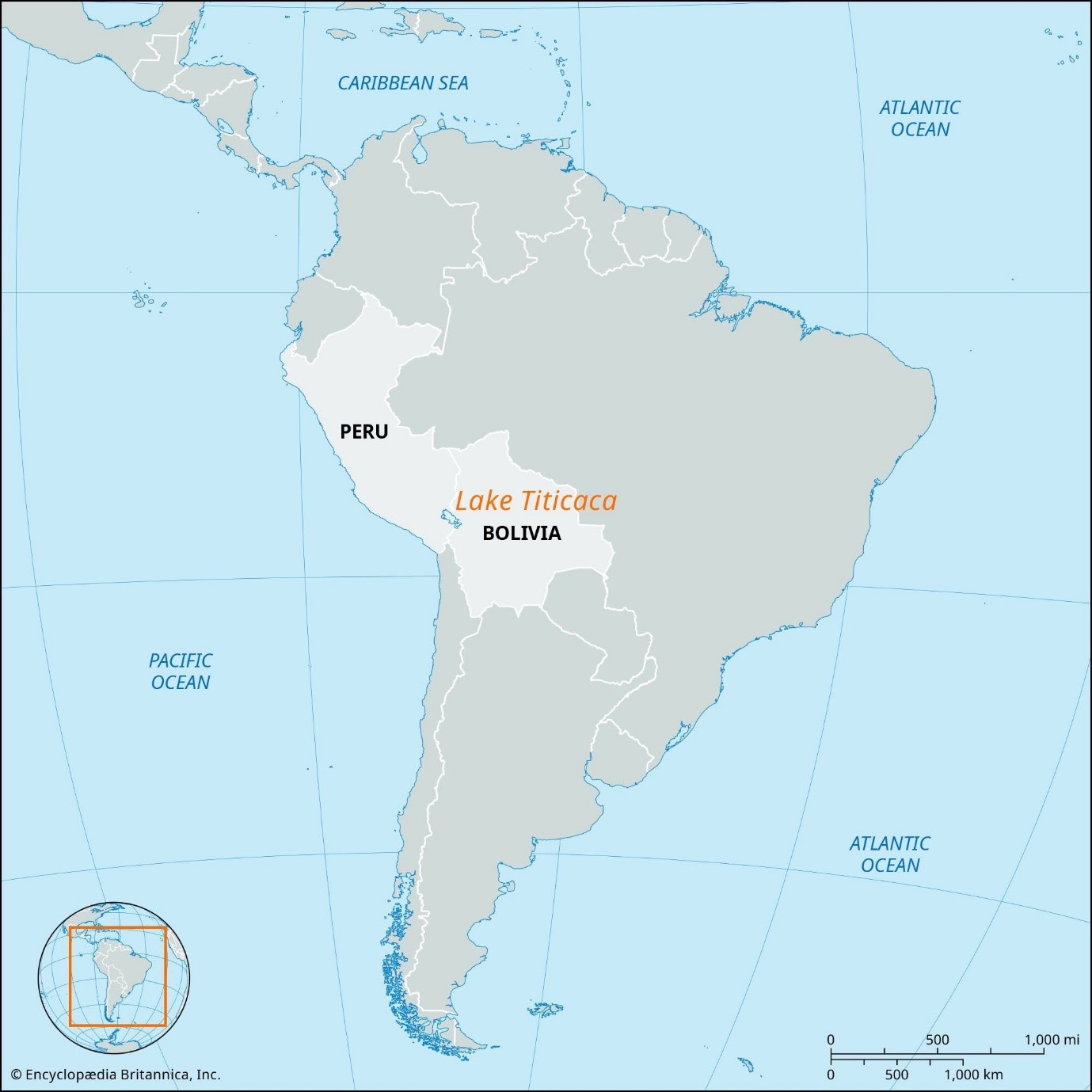Free Courses Sale ends Soon, Get It Now


Free Courses Sale ends Soon, Get It Now



Disclaimer: Copyright infringement not intended.
Context
About
What are El Nino and La Nina?
What occurs when there is an El Nino?
|
PRACTICE QUESTION Examine the causes and consequences of El Niño events on global climate patterns. |
© 2024 iasgyan. All right reserved